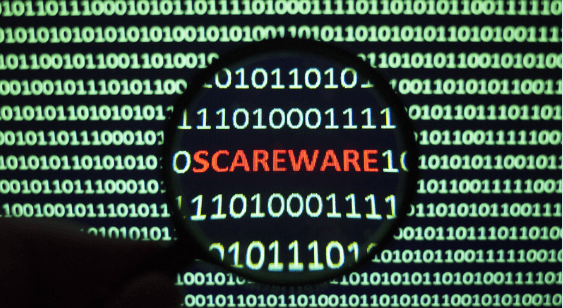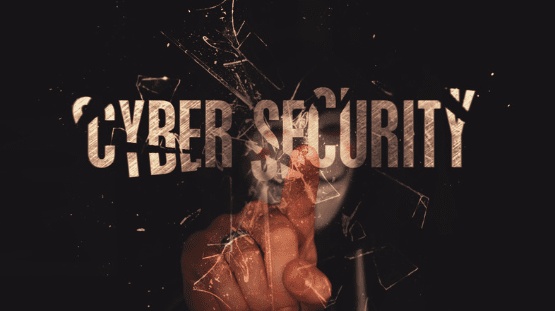What is Scareware?
Scareware is a type of malicious software designed to deceive users into believing their computer is infected with a virus or other security threat. This deceptive tactic aims to manipulate users into purchasing unnecessary software or services to resolve the fabricated issues. Typically, scareware manifests as pop-up ads, fake system alerts, or bogus antivirus software.

How to Spot Scareware
Identifying scareware can be challenging, but there are several telltale signs:
- Unexpected Pop-ups: If you encounter sudden pop-up messages claiming your system is infected, be cautious. Legitimate antivirus software rarely uses such aggressive tactics.
- Urgent Language: Scareware often employs alarming language, urging immediate action to avoid severe consequences.
- Unfamiliar Software: Be wary of alerts from software you did not install or recognize.
- Poor Grammar and Spelling: Many scareware messages contain noticeable grammatical errors and misspellings.
- Unsolicited Scans: If a scan starts without your consent and reports numerous threats, it is likely scareware.

How to Report Scareware
If you encounter scareware, it is crucial to report it to help protect others. Here are the steps you can take:
- Document the Incident: Capture screenshots of the scareware messages, ensuring you document any URLs or software names mentioned. Be careful to exclude any sensitive information from the screenshots.
- Report to Your IT Team: Contact your IT department at helpdesk@virtualdataworks.com or use the provided reporting tools in your Quarantine Digest email sent by Proofpoint Essentials. This quick action helps the security team address threats and protect your data.
- Share on Public Forums: Post your experience on cybersecurity forums or social media to alert others.
- Follow Up: Complete any required training or awareness modules provided by your organization to ensure you remain vigilant against future spear phishing attempts.

By understanding scareware and knowing how to identify and report it, you can help protect yourself and others from these deceptive tactics. Stay vigilant and always verify the legitimacy of any security alerts you receive.

